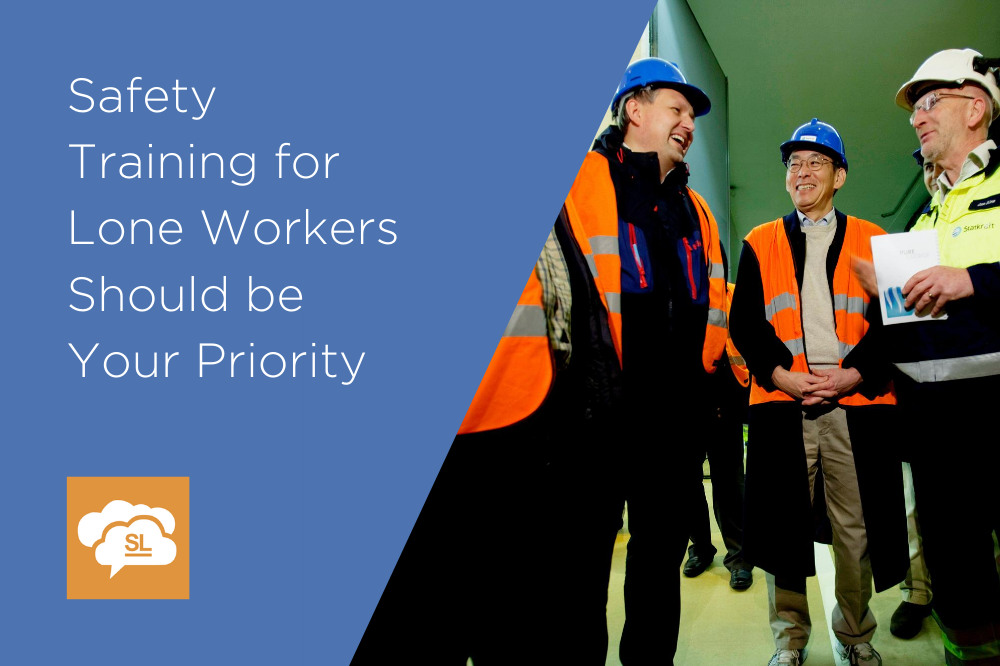Safety training for lone workers should be your priority
In the third of a three-part series: Setting Up a Lone Worker Safety Program, we look at why companies should prioritize safety training and how to do this effectively.
Can you afford safety training for your lone workers? Well, we’re here to tell you that you can’t afford to train your staff and lone workers around workplace safety. Providing safety training is a true investment on multiple levels. It’s an investment in the safety of your most valuable asset – your team. It’s an investment in the protection of your company from possible litigation which can inflict considerable financial and reputational damage. Luckily, there are proven methods that will ensure this type of training has a positive impact on your workplace and the dedicated team who keeps it running.
Build a strong safety culture
As mentioned early on in this series, the first step to protecting your lone workers starts with building a positive, cohesive and comfortable safety culture at your organization. Before you start training, you need to have a culture where your team feels comfortable about voicing their safety concerns, and where they are aware of all of the potential safety risks, and they know how to deal with them. This also includes encouragement by your organization for staff to speak up if they see anything that could threaten the well-being of the team and your safety culture without any fear of being reprimanded.
Effective communication
This is an obvious point, but you would be surprised how many organizations don’t provide transparent communication around the safety training goals and what it means for the team. Before the training begins, you must clearly communicate why the staff members are being trained and how it will benefit them personally, their fellow team members, and the organization as a whole.
Leverage technology
The foundations of good safety training are structure and communication outlined above. But to facilitate and complement the safety training, you need to leverage any existing technology that your team is using. Without having to purchase any additional devices or equipment, a tool like SafetyLine, leverages devices like smartphones and tablets that your team is currently using to protect your lone workers.
Engage your team
To effectively train your staff in safety, you need to engage them as much as possible, allowing them to participate in the process and contribute to goals of the exercise. There are a number of ways to accomplish this including brainstorming sessions and the jigsaw method.
Structure = success
Again, another obvious point, but to be truly effective in your safety training, you need to build a structured plan that will involve your team while communicating the goals of the activity. Approach the training like a good story and have beginning with a good hook, a middle with an engaging activity, and then an end that allows participants to understand what they have learned and how it is relevant to their work.
The price of no training
The cost of a couple of hours of safety training is well worth it, considering the many potential costs of not doing it. To be frank, a team not disciplined in workplace safety can cost you your workers’ lives, their mental wellness, and a positive work culture. This is in addition to the potential financial costs of insurance premium increases, medical bills, training an injured employee’s replacement, equipment and infrastructure damage, and lawsuits. A strong and well-planned safety program is the backbone of an organization, making your team feel not only safe, but valued as well.
Questions?
Do you know who your lone workers are and how to protect them? If you’re still unsure or have questions, we can help.

